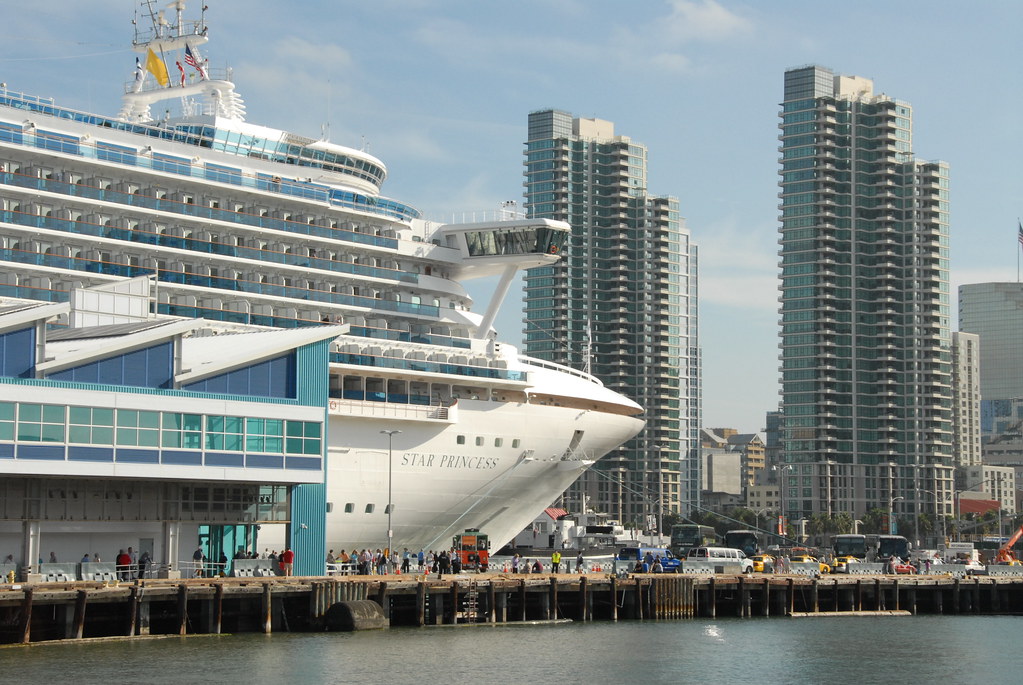As we regularly discuss, the cruise industry is experiencing robust growth with encouraging prospects for the coming years, and even more cruise passengers expected than we see today. This surge is driving cruise lines to invest heavily in new vessels to meet the growing demand.
Sixty Projects Over the Next Decade
We recently covered MSC Cruises’ massive $3.8 billion contract with Chantiers de l’Atlantique shipyard in Saint-Nazaire for two new ships scheduled for delivery in 2029 and 2030. While this project remains one of the most significant in terms of scale, it’s far from the only one.
Not all projects involve such enormous vessels, but cruise operators and companies are gradually renewing their fleets, with approximately sixty new ships expected to be delivered by the mid-2030s.
These new vessels promise to be more modern, often more luxurious, less polluting, and powered by LNG (liquefied natural gas). They’re also better designed to meet passenger expectations, with many featuring smaller capacities—three-quarters of future ships are planned for fewer than 3,000 passengers—though it’s true that some ocean giants are still in development.
All of this is in preparation for the 40 million cruise passengers who could be sailing the world’s seas within the next two to three years.
300 Cruise Ships Across the Globe
These new vessels will join the global fleet of 300 cruise ships, with 20% having a capacity exceeding 3,000 passengers, currently operating around the world.
When it comes to which company owns the most ships, it’s better to look at the major international groups that own multiple brands. The three largest groups control about fifteen brands between them and operate more than two-thirds of the global fleet.
Carnival Corporation
This is the world’s largest cruise consortium with nearly 100 ships and some of the most recognizable brands in the industry.
- Carnival Cruise Line: 27 ships
- Princess Cruises: 16 ships
- Costa Cruises: 9 ships
- AIDA Cruises: 12 ships
- Holland America Line: 11 ships
- P&O Cruises: 7 ships
- Cunard: 4 ships
- Seabourn: 7 ships
Royal Caribbean Group
This is the second-largest group, also featuring several well-known cruise lines.
- Royal Caribbean: 27 ships including some of the world’s largest cruise vessels like Wonder of the Seas and Icon of the Seas, which we’ve previously featured
- Celebrity Cruises: 16 ships
- Silversea: 13 ships
- TUI Cruises: 5 ships
- Hapag-Lloyd Cruises: 2 ships

Norwegian Cruise Line
The smallest of the big three, with just three brands.
- Norwegian Cruise Line: 20 ships
- Oceania Cruises: 7 ships
- Regent Seven Seas Cruises: 6 ships
And Several Others…
Independent of these major groups, these companies are somewhat smaller and often specialized in specific niches.
- MSC Cruises: 24 ships with more on order, including those from the Saint-Nazaire shipyard we mentioned earlier
- Disney Cruise Line: 5 ships
- Ponant: 14 ships specializing in expedition and luxury cruising
- CroisiEurope: A well-known name that has chosen to focus on river cruising throughout Europe’s waterways, operating 53 vessels in total

